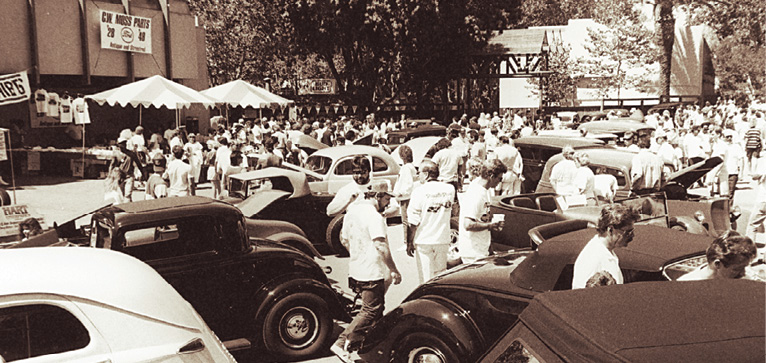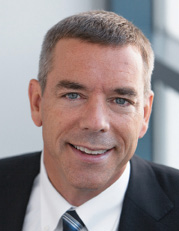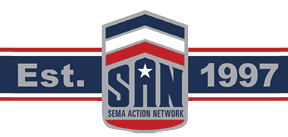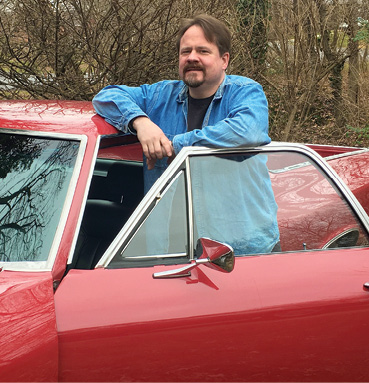By Colby Martin
 |
|
| Cash for Clunkers was posing an imminent threat in the mid-’90s, prompting SEMA to partner with car clubs in reaching out to enthusiasts for support. | |
|
|
|
A platinum anniversary is an occasion not to be taken lightly. Significant measures are required to craft a fresh concept from nothing and make it last for two decades. To remain relevant, a new program must be built with enough purpose, stamina and heart to hold ongoing relevance. Changes in technologies can render obsolete even the most well-intentioned projects. Thankfully for fans of cars and trucks, there is a dedicated legion that has steadily grown and positioned itself as a legislative force in advocating for fair automotive laws throughout the United States and Canada. For those who have followed its progress, it may come as a surprise that the accomplishments of the SEMA Action Network (SAN) now span 20 years.
Like many ideas, the SAN’s journey to become the auto hobby’s national legislative voice began as a solution to a specific problem. The topic of vehicle scrappage, commonly known as Cash for Clunkers, was posing an imminent threat in the mid-’90s. A lot of good vehicles would likely end up in the crusher without really addressing the pollution problem. At the time, SEMA’s current President and CEO Chris Kersting was the head of SEMA’s Washington, D.C.-based office. He remembers the moment of inspiration for starting the SAN vividly:
 |
|
| SEMA President and CEO Chris Kersting |
“I was on the phone discussing the crusher issue with staff from Year One Inc. They had been successful in opposing scrappage programs by putting out flyers at car shows and working with local car clubs. When I hung up the phone, I realized that SEMA’s resources could help create a grassroots enthusiast network to challenge unreasonable laws and regulations. It would be a ‘list of lists’ to energize clubs at the top level, who would then take our message outward. It was an idea that seemed to make sense. From that little start, we just built it and grew it.”
As an industry organization, SEMA has a membership comprised mostly of automotive businesses, which by themselves can have an impact on how laws are formed.
However, Kersting noticed that “when you talk to hobbyists about taking away the things they enjoy on the weekend—such as cars and trucks—the reaction is strong and passionate. We realized how incredible the responses could be from the affected community of car guys and gals.” As an organization with the means to create a way for enthusiasts to participate in the process, the SAN was formed. This group would keep individuals informed on proposed laws and regulations and create a method to bring their collective voice to bear on those issues.
“Forming the SAN was a true grassroots, organic effort—there was no real email yet!” Kersting remembers. Car clubs were an untapped group of enthusiasts at the time. Based on phone calls explaining the concept, car-club leaders would agree to receive legislative information and disseminate it to their members.
The first SAN Director, Brian Caudill, made dinner-time solicitation calls to club presidents. He recalls, “I grew up under a car, so was readily familiar with the car nuts we were attempting to attract to this effort.”
 |
|
Caudill worked split days to get the plan moving by cold-calling car-club leaders nationwide. Several hours in the morning, to send solicitations introducing the program, were followed by a longer night shift for contacting clubs from east to west by time zone. Internet information on these clubs was scarce, so some of the print publications like Hemmings Motor News and Old Cars Weekly were valuable in collecting leads. The calls went well because there was a great message behind the conversation. The SAN was about giving enthusiasts the tools to protect the hobby they hold dear. Some were wary of personal contact information being used as a marketing tool to sell the industry’s products. Thus, the promise was made to these club leaders that they would only receive legislative information from the SAN. This promise remains in effect to this day.
In order to have a community that would thrive and grow, a method of communication was necessary. The team realized there was enough information about what the state and federal governments were doing each month to fill a newsletter. The office’s receptionist, Tony Mills, expressed an interest in desktop publishing. He gathered up the information and put together the first issue of Driving Force.
 |
|
| The first SAN Director was Brian Caudill, pictured here with his ’71 Chevy SS El Camino. |
“At first, it looked like a fraternity newsletter to me,” Caudill jokes. A system for tapping into the group to influence legislative proposals was employed by the second year. As Caudill explains, “This method was ‘fully analog,’ about as pre-digital as it could get.”
Researcher Joe Hill would perform an intensive physical search through state proposals. SEMA Vice President of Government Affairs Steve McDonald, who was then directing the state advocacy effort, received those bills impacting the hobby, crafted an advocacy strategy and then drafted concise Legislative Action Alert messages. Caudill then sent out the messages to the affected enthusiast communities, often by regular mail and fax. “I didn’t have to worry about message reach because they all went through,” he adds. Good fortune over time allowed the SAN to become connected online and really take off. “Sure enough, folks contacted their lawmakers when asked and even showed up at the statehouse to testify. It was so gratifying to see it all beginning to work.”
Check back next issue for more about the SAN’s early days.
